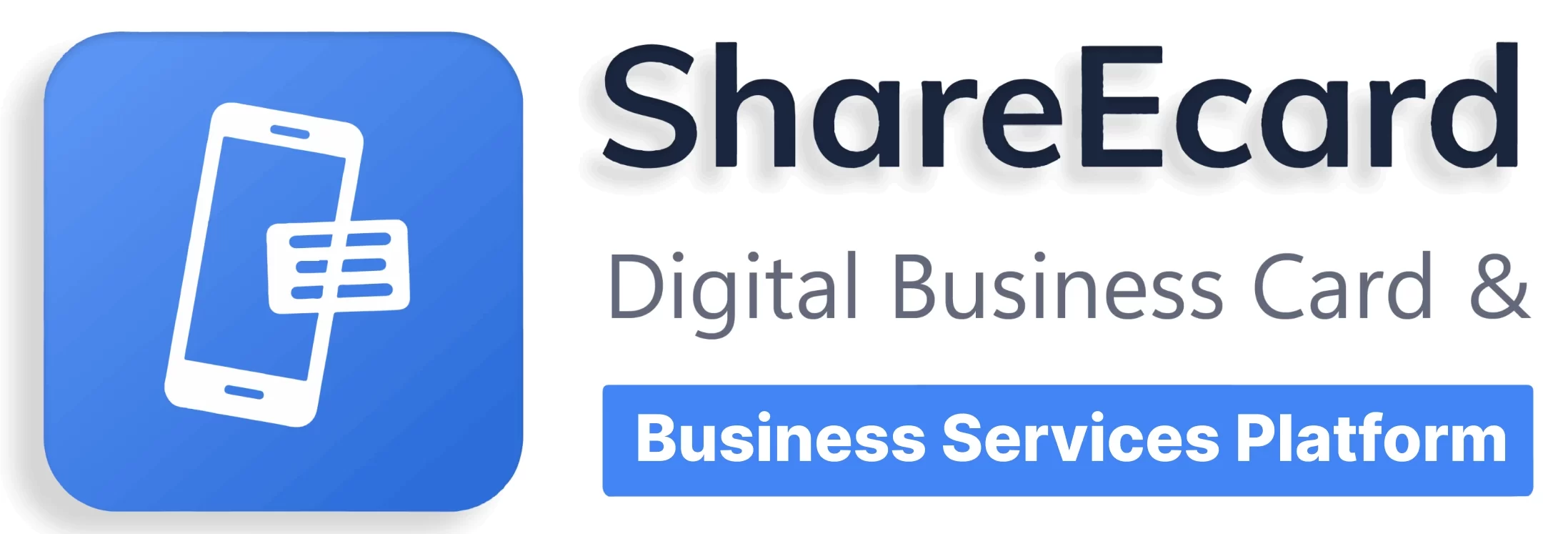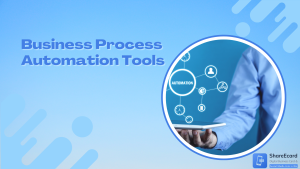Streamlining data flow across many tools is critical in modern workflows. Businesses use different software solutions, including various integration Platform as a Service (iPaaS) offerings, to run their operations effectively. This means understanding how each tool relates to others is critical for smooth running.
Nowadays, there are many ways automation can be achieved during data transfer, along with advanced filtering and customization. Such capabilities found in these current softwares help companies relieve themselves of the burden posed by the complexities involved with managing information, thus reducing operational costs while allowing team members to focus on their primary duties towards realizing organizational goals.
The market for iPaaS is continuously changing, so it becomes difficult to keep up with new releases and what they can do. If you have not checked lately, there is a good chance you may find a product that will greatly improve your teams’ IT infrastructure and data management processes.
This post will highlight some top iPaaS solutions so users can select wisely based on their specific needs within an enterprise setting.
What is iPaaS Solution?
An iPaaS (Platform as a Service) solution is a computer-based technology that allows businesses to connect different programs, databases, and systems. These can be situated on-premises or in the cloud to enhance coordination.
Additionally, it provides tools for integration development, deployment, and management without requiring multiple expensive and complicated point-to-point connections.
Most iPaaS solutions come with user-friendly interfaces, prebuilt connectors, mapping tools, and automation capabilities, enabling enterprises to streamline their workflow while boosting data accessibility at lower costs than maintaining an extensive integration infrastructure.
Best iPaaS Solutions
Here are some top iPaaS solutions.
1. Workato
Workato is a pioneer in Integration and Automation Platforms that allow businesses to integrate their applications and automate complex workflows without coding. By using advanced Machine Learning and trademarked technology, Workato enables the creation and implementation of automation ten times more quickly than traditional methods while ensuring real-time results from multiple business events are achieved with high-security standards.

Workato Features
- No-code approach coupled with an easy-to-use interface accessible to various users, such as software engineers.
- Fast automation development and implementation through the employment of Machine Learning technology.
- It can be applied in different industries, including information technology and services, and computer software serves both mid-market and enterprise-level businesses.
- An intelligent automation platform serves business users and IT teams, allowing the building, operation, and deployment of app integrations, data integrations, process automation, and workflows within one platform.
- The system follows strict security measures and governance rules, ensuring data safety while maintaining compliance with relevant laws.
- It utilizes patented techniques that make creating automation faster by up to 10x compared to other systems.
2. MuleSoft
Mulesoft is an all-inclusive integration platform that allows companies to realize frictionless connectivity between different systems, data sources and applications. It provides a space where automation can be built, data connected and APIs governed by teams with no prior coding knowledge or pro-code developers, thus fostering more customer-centricity by bringing together customer information from various touch-points into a single view.
Through the platform’s API-led connectivity approach, businesses can solve complex integration problems while making service-oriented architecture (SOA) easy to use. Software as a Service (SaaS) and APIs work together in a friendly way for developers.

MuleSoft Features:
- API-Led Connectivity: This focus is on API-led connectivity, which helps companies solve the complex problem of combining SOA, SaaS, and APIs.
- Unified Integration: Provides unified and flexible integration solutions that make connecting different systems and data sources easier.
- API Management: Comes with robust capabilities for managing APIs such as creation, publication, analysis, security and governance within one platform.
- Hybrid Integration: Supports integration both on-premises and cloud-based, thereby providing flexibility and scalability options.
- No Code And Pro Code Development: This feature supports automation development by teams with no code experience and those who use pro-code environments.
3. Zapier
Zapier is an integration platform for the pioneers that completely changed how businesses automate tasks and workflow across different web applications. It was created in 2011, and its main office is in San Francisco, California.
Zapier has become one of the most reliable iPaaS (integration platform as a service) provider platforms. Any company can be assured that this system works without coding knowledge to simplify processes and help to be effective.
This system connects over five thousand web apps, enabling individuals to generate personalized workflows that meet their needs. This eliminates repetitive duties, thereby making them more productive.

Zapier Features
- Wide App Integration: As it supports over five thousand web applications, Zapier offers extensive integration options across various sectors and use cases.
- Easy-to-use Interface: Zapier’s interface is designed so that anyone can easily automate tasks using it, even without technical skills.
- Automation of Workflows: By linking different apps together and setting triggers and actions, users can create their own workflows that will perform certain functions automatically while saving time by reducing repetitive jobs.
- Multi-Step Zaps: Complex operations can be performed by creating multi-step zaps where Zapier links several actions together.
4. Jitterbit
Jitterbit is a low-code application development and integration platform that connects different systems to facilitate business transformation. The system incorporates application integration and data with API management plus EDI and application development abilities in one low-code environment, allowing organizations to rapidly link apps and data sources that would otherwise be disconnected.

Jitterbit boasts an intuitive user interface coupled with transparent pricing models, which has become recognized for its unique approach towards integration. Besides winning the 2023 SIIA CODiE Award for “Best Integration Platform as a Service,” it also has other features like:
Jitterbit Features:
- Brings together various systems into one unified view, thereby improving the accuracy & consistency of data entered.
- User-friendly interface designed for all types of users irrespective of their technical knowhow levels
- Transparent pricing structures without any hidden charges, hence making it affordable even for small businesses
- Powerful B2B integration capabilities and robust API management functionalities ensure excellent service delivery.
- Allows quick creation and deployment of applications through low-code development features
- Comprehensive suite comprising data integration, API management, media, and application development.
5. Boomi
Boomi is an iPaaS (integration platform as a service) designed to easily integrate and sync data, applications, and processes in the cloud. For example, Boomi offers No-code, light-speed, and efficient integrations. It is characterized as being rapid, user-oriented, and scalable. Because of its speed and simplicity of implementation at scale, Gartner’s Magic Quadrant report has named it a leader in enterprise iPaaS for nine years running.
With over 20,000 organizations using its services worldwide, Boomi’s popularity lies in its ability to support advanced integrations between different systems, which would otherwise be difficult or impossible.

Boomi Features:
- Comprehensive Integration: This allows seamless integration across various platforms, thus simplifying organizational processes.
- User-Friendly Interface: The platform provides an intuitive interface that both technical and non-technical users can use.
- Versatile Connectors: This product includes many pre-built connectors and customization options for specific integration needs.
- Maintegrationnagement: Acts like a Master Data Mart whereby employee records from different systems like HRIS (Human Resources Information System), CRM (Customer Relationship Management), ERP (Enterprise Resource Planning), etc., can be kept together centrally along with other details such as projects undertaken or clients served among others.
- Low Code Approach: Integration development time is reduced through quick creation and deployment without extensive coding.
- Cloud-Native Architecture: Offers unlimited scalability while maintaining the flexibility with any typical on-premises solution.
6. Oracle Integration Cloud
Oracle Integration Cloud is a powerful Integration Platform as a Service (iPaaS) solution that Oracle Corporation created. It facilitates application integration through connecting on-premises and cloud-based systems.
Oracle Integration Cloud is easy to use due to its modern user experience, which is based in the cloud, and also advanced features like recommendations based on machine learning and pre-integration. This enables organizations to optimize their integration processes with minimum manual coding, thus providing more time for innovation.

Oracle Integration Cloud Features:
- No-code platform, i.e., designed for users who need coding skills.
- Built-in adapters are used to establish connectivity between different applications.
- Prebuilt adapters for SaaS and on-premises systems that accelerate integration development.
- Visual development environment where business applications can be created and hosted.
- Versatile support for business processes with a wide range of capabilities included.
- Scalability enables it to adapt as business needs change over time.
- It has a cloud-based architecture, which makes deployment and maintenance easier.
Conclusion
Multiple market-available iPaaS solutions offer different features and functionalities for organizations with diverse integration needs, including Workato, MuleSoft, Zapier, Jitterbit, Boomi by Dell and Oracle Integration Cloud. They are considered leaders in this space because they have good foundations that enable smooth connection between systems through data while automating workflows and integrating applications seamlessly.
The best thing about such platforms is that they have user-friendly interfaces coupled with prebuilt connectors; hence, businesses can operate faster without necessarily having to code everything from scratch, which might take time or require too many resources.
Additionally, these systems allow companies to expose their information more widely, thus giving room for creativity around it but still keeping costs down since complexities are reduced during setup or even when changing things later. As enterprises look ahead into the digital transformation journey, one must choose the right iPaaS solution for agility, scalability and operational excellence in an increasingly interconnected world.




